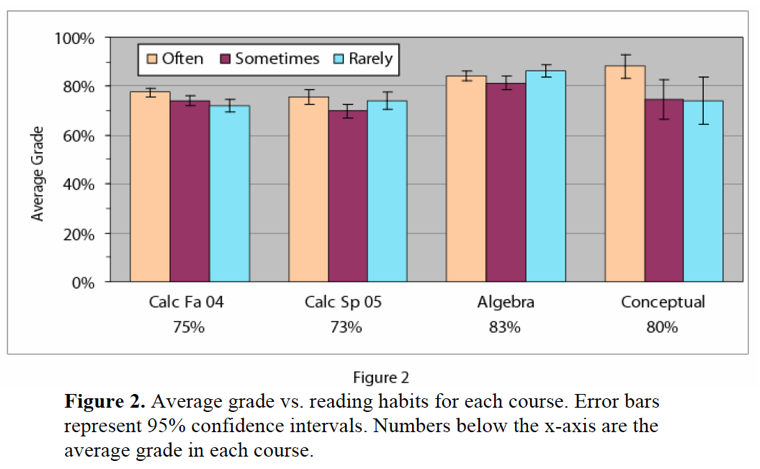Do Graphic Textbooks Have a Place in the College Classroom?
Reading comic books in class may sound counterproductive if you haven’t encountered a man named Jeremy Short. He is a co-creator of Atlas Black: Managing to Succeed, one of the first graphic textbooks used in a college class. Graphic textbooks are the relatives of graphic novels, which, according to Get Graphic, are a “format, not a genre” and "use sequential art to tell a story.”
How does this apply to higher education? Short concluded that traditional textbooks are simply too boring to engage college students. He makes an interesting case for mixing up the way we present learning content to students:
We all remember hundreds of lines from movies, but most of us don’t remember too many lines from textbooks. It’s the idea of putting storytelling into this narrative. But I think there are some other benefits as well. As you walk through the characters, they directly apply the content.
College students appear ready to move on from conventional textbooks, as shown by their adoption of digital learning materials. Conventional books are expensive, don’t hold their value and are difficult to read. A survey at the University of Colorado found that many students don’t bother reading their textbooks.
W]hile over 97% of our students buy the required textbook, less than 41% regularly read, 60% read after lecture rather than before, and there is little (or no) correlation between reading habits and course grade.
We found that these results were strikingly similar across conceptual-, algebra-, and calculus-based courses with different instructors and textbooks.

Whether we throw away the traditional model for graphic textbooks, or transition to digital content, textbooks are ripe for change. In the video below, Short describes his experience creating a graphic textbook and using it in the classroom.








